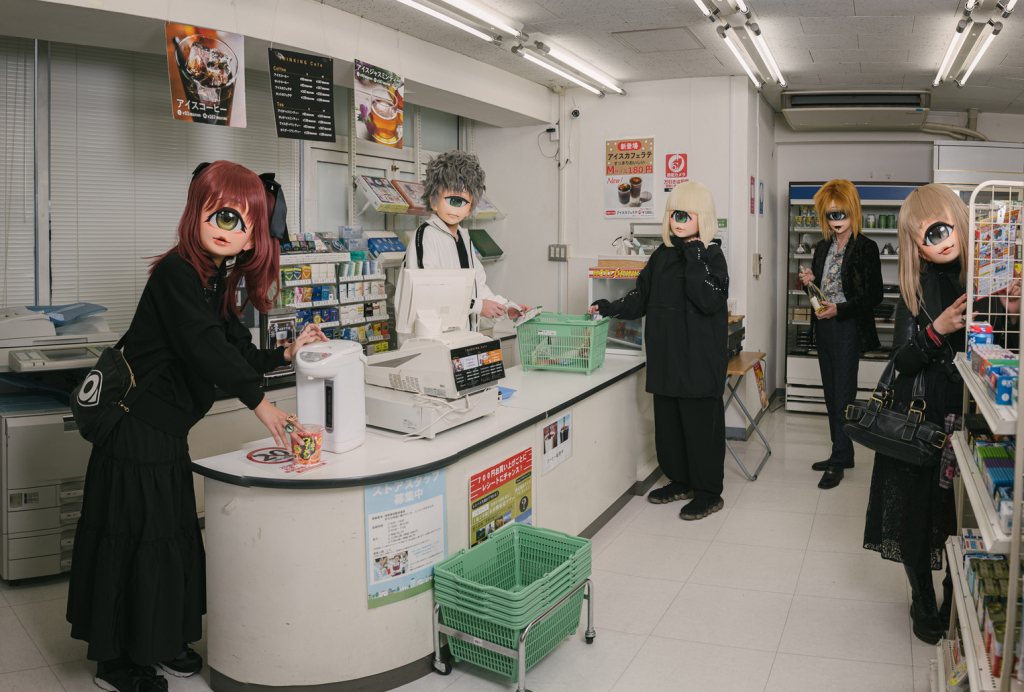At 240 pages, The Obsessed: Otaku, Tribes, and Subcultures of Japan is a hefty tome. Jam-packed with striking visuals of people showcasing their passions, the book documents pastimes ranging from intricate embroidery to modification of gaudy trucks. No obsession is too wild, or too obscure. Irwin Wong, author of the craftsman anthology Handmade in Japan, photographed and co-edited this brilliant collection of ordinary people and their extraordinary obsessions.
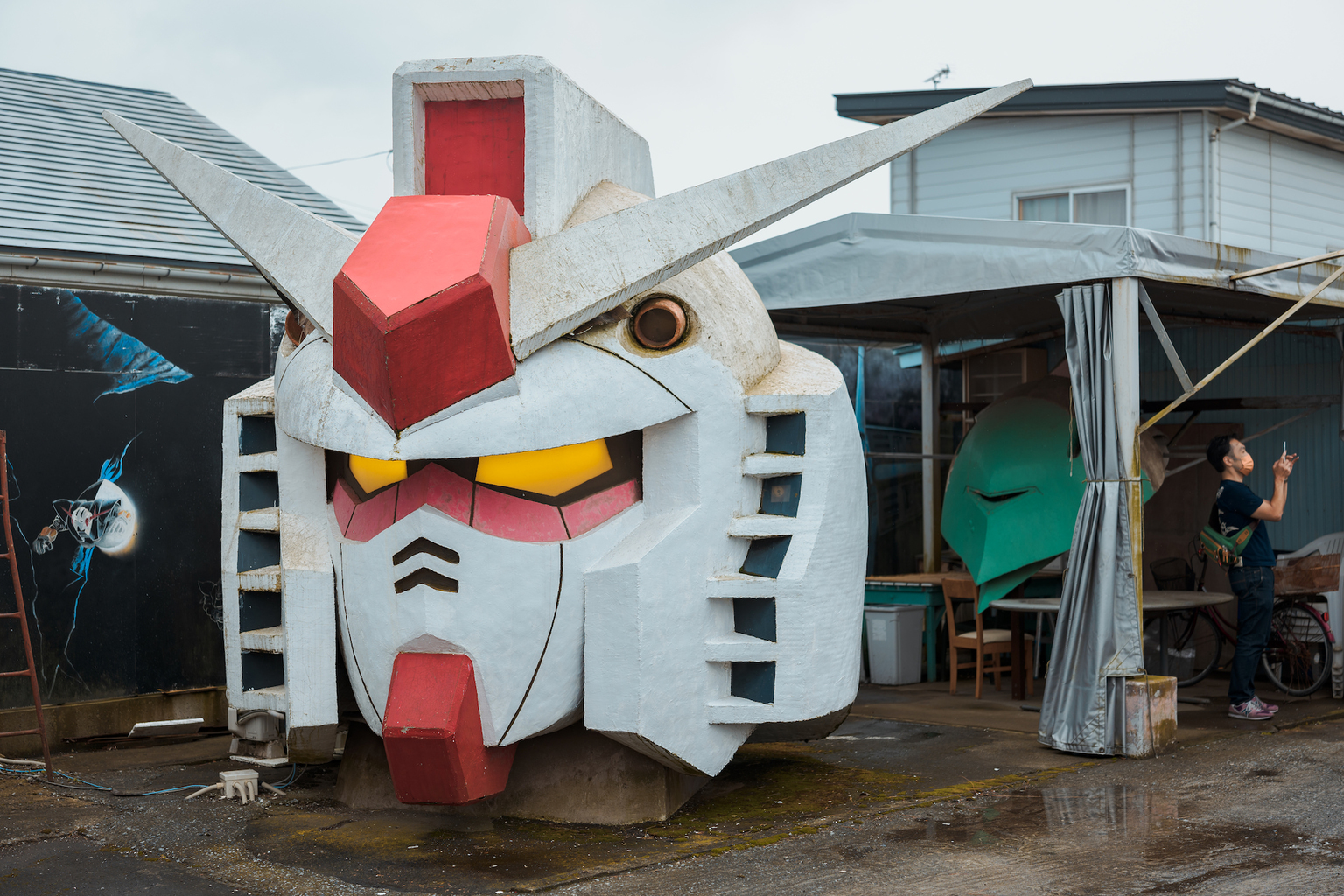
Gateway Obsessions
The Obsessed was a project a long time coming. Wong’s own gateway interest was giant mecha and robots, which then developed further into all things Japan. His curiosity continued as he dived into photography. His latest obsession, photogrammetry — an artform using overlapping images to create 2D and 3D models — was a logical step into a more technology-focused area of camera work.
During his research for The Obsessed, Wong discovered subcultures he had never heard of before. “You think you know what you want to shoot, but then you keep digging. One of the subcultures I hadn’t known was so big was the one-eyed mask Tanganmen, designed by the artist Dango Ozawa. Another was vanning, where people take vans — something so not cool — then form it into something that is cool,” he says.
He adds, when comparing his interactions with hobbyists to his work with artisans, “They are similar to craftspeople as they can be very single-minded and not concerned about what others think. They’re just living their best lives and diligent about what interests them.”
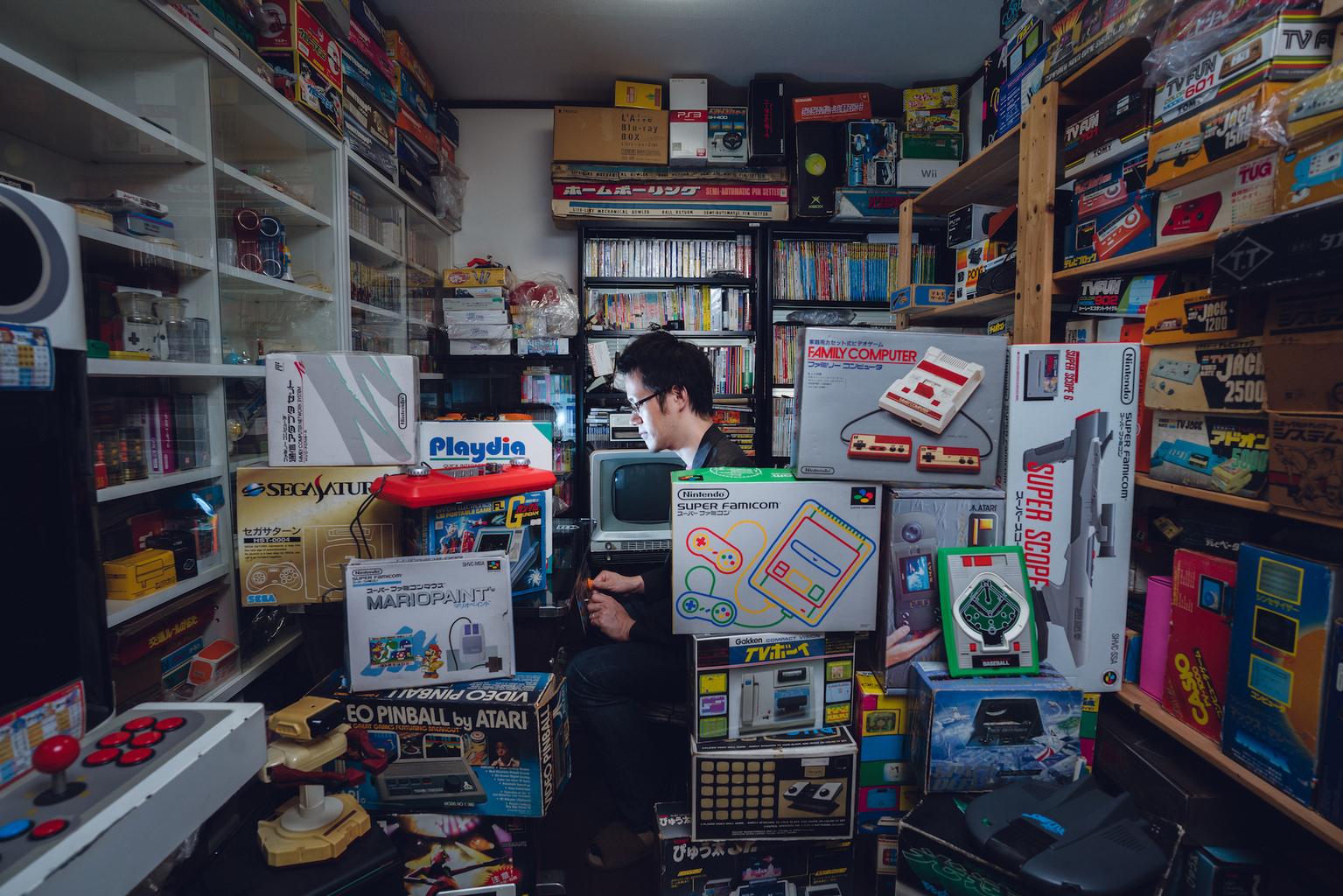
Who are the Obsessed?
For a society that often extends intense pressure to conform, Japan has a startling number of internationally recognized subcultures. Even now, cosplay, kawaii and otaku are common enough expressions in vernacular English to warrant their own dictionary entries. Wong suggests it is precisely because of the narrow societal parameters that extreme subcultures and hobbies flourish. “Japan is very community-oriented. Even for those who strike out and do outlandish things. Some people get into subcultures as they were on the fringes of society and joining these groups gave them a sense of identity and belonging,” he says.
Wong takes Konasuke, a young woman who still holds the gyaru torch high, as an example. “Konasuke didn’t fit in at school and was getting lifts home from cops. She was not totally on the straight and narrow. Gyaru shaped her identity and now she is a celebrity.”
Though Konasuke was born in the 90s and missed the height of gyaru culture in the 90s and early 00s, much of its premises and style resonates with her. For many young women, gyaru was more than a fashion genre — it was also an escape from traditional gender norms and expectations. They created their own space to find where they fit in the world. Gyaru developed into a phenomenon with subsections and styles that are still evolving today, though arguably more subtle and on a much smaller scale.

Obsession + Community
Community is a huge factor for some subcultures, though it can manifest in many ways. Yoyogi Park rockabilly dancers consider their groups an extended family. From middle schoolers to seniors in their 70s, they have developed a tradition to pass down to future generations. Since their goal is to “be cool” and not entertain bystanders, it’s easy to stick together and simply enjoy each other’s company.
Though the number of dekotora (that’s short for decorative truck in Japanese) aficionados are dwindling due to ageing, changes in vehicle customization regulations, and reduction in disposable income, their dedication to their calling is still strong. Trucks are bequeathed to younger drivers to pass on the tradition and the modifications. Dekotora fans can spend upwards of ¥50 million on their trucks — and that’s just for the upgrades. Given that they spend most of their time on the road and the trucks are like a second home, perhaps the enthusiasm to design is not surprising. Decked out in garish colors, bright lights and spray-painted poetry, these symbols of excess are traveling works of art.
Casual observers are most likely to find them rounded up at charity events, showing off all their glory for a good cause. Charity has always been an important aspect of the so-called dekotora spirit, with many drivers shipping out necessities to typhoon- or earthquake-devastated areas across Japan.

Obsession + Unexpected Opportunities
However, not everyone seeks belonging and some obsessions remain a mostly solo affair. Many collectors of toys like sofubi, kokeshi dolls and anime figurines don’t necessarily feel the need to attend events or socialize outside of the online sphere.
Isao Yamazaki turned his solo obsession for Nintendo memorabilia into a curated collection of some of the company’s finest products. He even has karuta cards from 1889 — as many Nintendo fans will already know, the company started as a playing card company as early as the Edo Period (1603–1867). A niche within his obsession is products that Gunpei Yokoi (longtime Nintendo employee and video game designer) was involved in creating. Yamazaki owns every product Yokoi ever worked on, inspired by his philosophy of “using old technology in new and interesting ways.” Yamazaki’s agglomeration of Nintendo products has not only given him the opportunity to meet Satoru Iwata, the late president of Nintendo, it also makes him a hot asset within the museum circuit, with requests from institutions worldwide asking to borrow items for exhibitions.
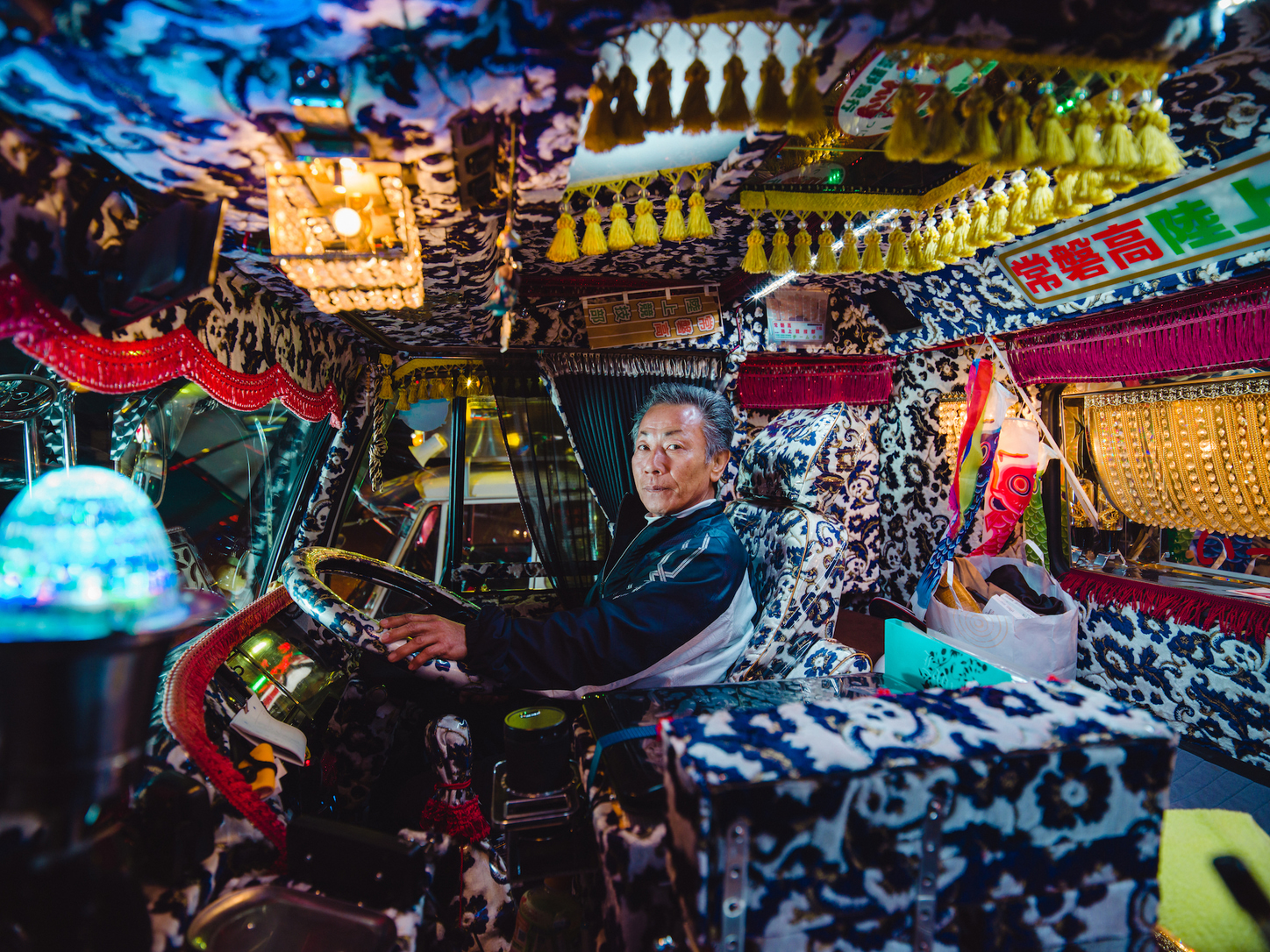
Obsession + Innovation
Like Nintendo, Japan can trace its early robotic innovations to the Edo Period. Karakuri ningyo, giant wooden mechanical dolls controlled by human puppeteers, hail from this era. The kimono-clad Onyudo float in Mie Prefecture’s Yokkaichi city is a primitive version of Gundam’s rideable and wearable robotics. Gundam’s mechas inspired Toshimi Suzuki, a hairdresser in rural Aomori Prefecture, to construct giant sculptures outside his salon. Wong says, “He didn’t even know what Gundam was until a high school customer showed him — and he was about 60 then.”
After buying some model kits and using his plaster sculpting skills to maintain accurate dimensions, Suzuki’s works are admired by hardcore fans from all over the country for their immaculate detailing.
Not all obsessions are for fun — some end up sparking business projects. Skeletonics, a group of award-winning inventors, has made the science fiction fantasy of wearable robots a reality. Their exoskeleton amplifies the human user’s natural abilities without excess effort — and without the use of external power sources. This technology offers potential — in the words of Skeletonics — “to support the evolution of humankind,” which is no small statement.
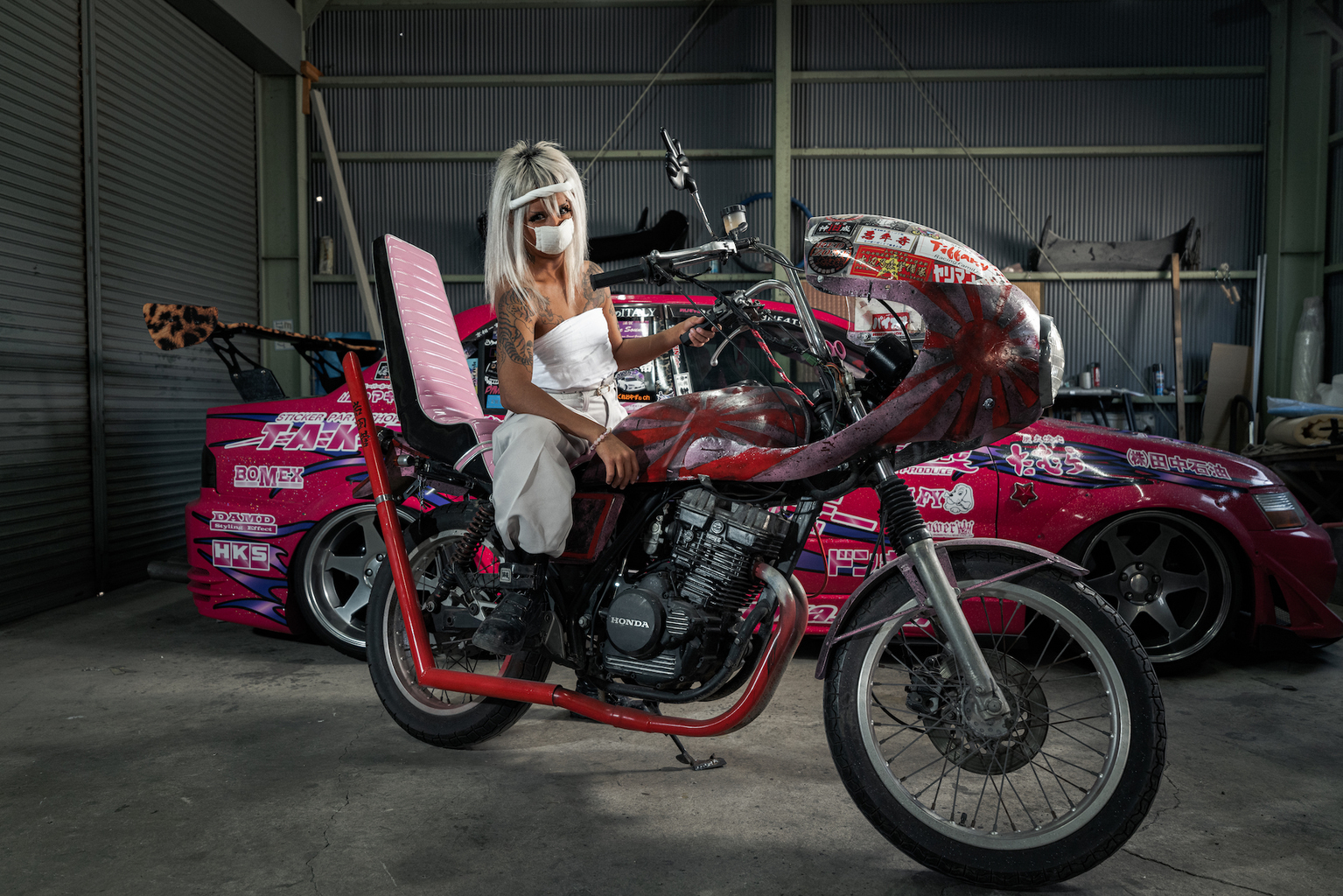
Obsession + Rebranding
While bosozoku gangs are synonymous with delinquent teens on modded motorbikes barricading roads for joyrides, races and brawls, their golden era is mostly over. Former members have grown up and retired, many of them evolving into kyushakai — motorcycle clubs that toe the line of the law. These members rent out race tracks for safe (and legal) cruising to relive their glory days and share their passion with their families instead.
Some bosozoku groups still linger in rural Japan, but for others, it’s the aesthetics that appeal. Shishumania, or embroidery mania, is an offset from the bosozuku era. Gang members had their “uniform” of tokko fuku workwear embroidered with gang names and poetry in order to clearly identify individuals and their associated gang. It was a brand that marked them as outsiders and required skilled artisans to create. Recently though, this intricate Japanese craftsmanship has found a new revival. Takumi Fukumori became entranced with the embroidery style, working under a master craftsman before setting out on his own and rebranding the art of embroidered tokko fuku as an anime idol fan’s must-have. Though the style was first rejected because of its connections with criminality and delinquency, Fukumori’s skill and creative application has won over the most critical voices and granted him work in the movie industry and media projects.
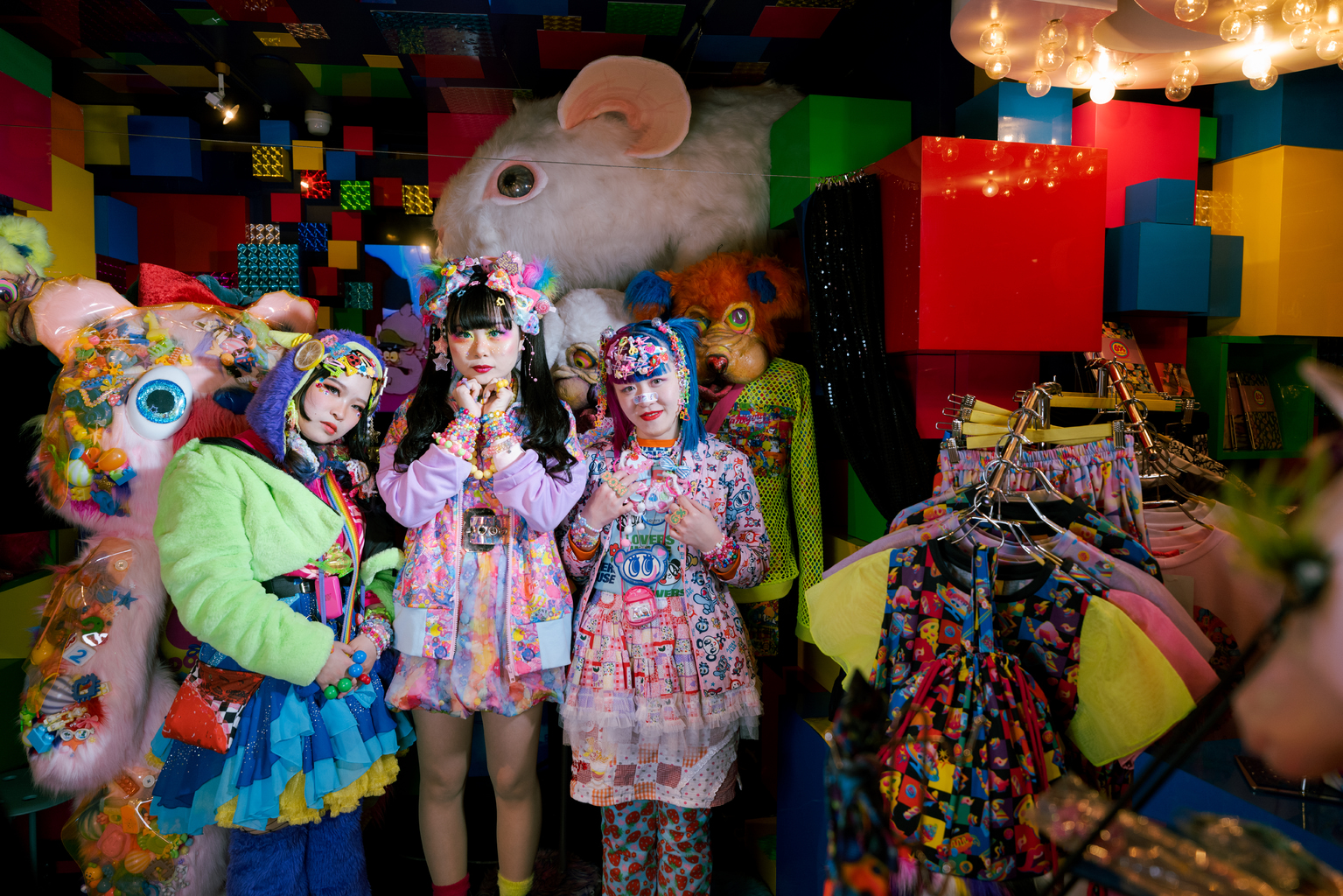
Obsession + The Internet
When asked if the Internet has had a major impact on how subcultures communicate and gather, Wong gives an affirmative nod. He explains, “There are still plenty of in-person events. The internet makes it easier to connect with others, and people can create content in more targeted ways. It’s easier to find subcultures than before, but it’s not as easy to convert emails into interviews as many people are content to do their own thing. Unlike the artisans featured in Handmade in Japan, some people were hard to reach.”
As for the gradual disappearance of lolitas and fashion-forward kids often spotted in Harajuku in the years of yore, Wong believes a bigger factor to their decline is access to comfortable spaces. “15 years ago, you could still see a lot of people hanging around Jingu Bridge outside Meiji Jingu; that’s not the case so much anymore. The pedestrian-friendly areas have disappeared. The ability to ‘just be’ has stopped because of automobile traffic and crowds from tourism.”
To learn more about the fascinating individuals who devote time, money and effort to their passions, check out The Obsessed: Otaku, Tribes, and Subcultures of Japan, out now.
Photos by Irwin Wong

